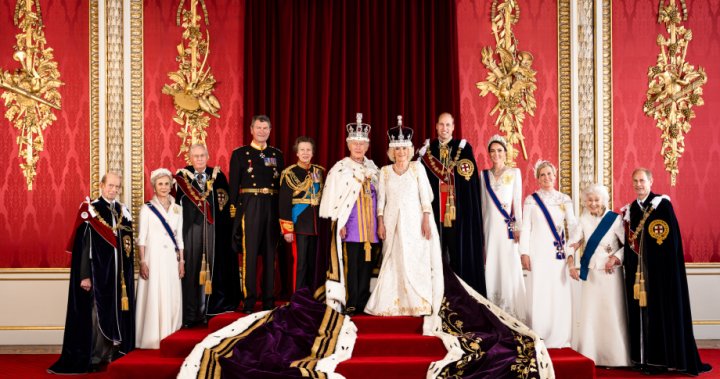One year ago, the world mourned the death of Queen Elizabeth II, marking the end of her historic reign as one of the longest-serving monarchs in British history. However, experts caution against expecting significant changes from the British Royal Family in such a short period.
Ed Wang, a royal commentator, emphasizes that one year is a relatively brief timeframe, and meaningful transformations take time to materialize. While there may not have been many opportunities for the Royal Family to showcase change, Wang points out that King Charles III has already displayed some differences.
One notable change is Charles’s more open expression of emotions. Wang highlights Charles’s heartfelt messages following his mother’s passing and his statements about the wildfires in the Northwest Territories and British Columbia. According to Wang, these differences in messaging distinguish Charles from Queen Elizabeth’s approach.
But it’s not just communication that has evolved. While the Royal Family has been cautious about engaging in political matters, King Charles has demonstrated support for various issues, including reconciliation and the monarchy’s relationship with slavery. A recent document revealed that King William III, in 1689, owned shares in the Royal African Company, a company involved in the slave trade. By endorsing research into these connections and other pressing issues, Charles signals his commitment to societal progress and encourages political leaders to face these matters head-on.
Royal historian Barry MacKenzie suggests that the family’s evolution may also come from their interactions with people worldwide. In Canada, for instance, engaging with Indigenous leaders and addressing their unique challenges contributes to this evolution. However, MacKenzie criticizes the Canadian government for underutilizing the monarchy’s potential in reconciliation efforts.
While change is possible, MacKenzie cautions that transforming an institution as ancient as the monarchy is a gradual process. The recent relocation of King Charles and Queen Camilla to Balmoral Castle, along with a reported summit to determine precise roles for Charles, Camilla, William, and Kate, indicates the family’s ongoing evolution.
The strained relationship between Prince Harry and the rest of the family reflects the complexities of personal dynamics and family tensions. Nevertheless, it is not surprising that public support for the monarchy fluctuates due to relatable family dynamics and expectations of being both similar to and different from regular families.
The events involving Prince Harry, such as his book, Netflix series, and interview with Oprah Winfrey, have caused support for the monarchy to fluctuate. Meghan Markle’s allegations of racism within Buckingham Palace led to a historic decline in support. However, public opinion can be fickle, and polling suggests that attitudes towards the monarchy may change over time.
Ultimately, change within the monarchy is a slow and complex process. While King Charles has already shown some differences and taken positions on pressing issues, substantial transformations are likely to occur gradually over time.
Denial of responsibility! Vigour Times is an automatic aggregator of Global media. In each content, the hyperlink to the primary source is specified. All trademarks belong to their rightful owners, and all materials to their authors. For any complaint, please reach us at – [email protected]. We will take necessary action within 24 hours.


